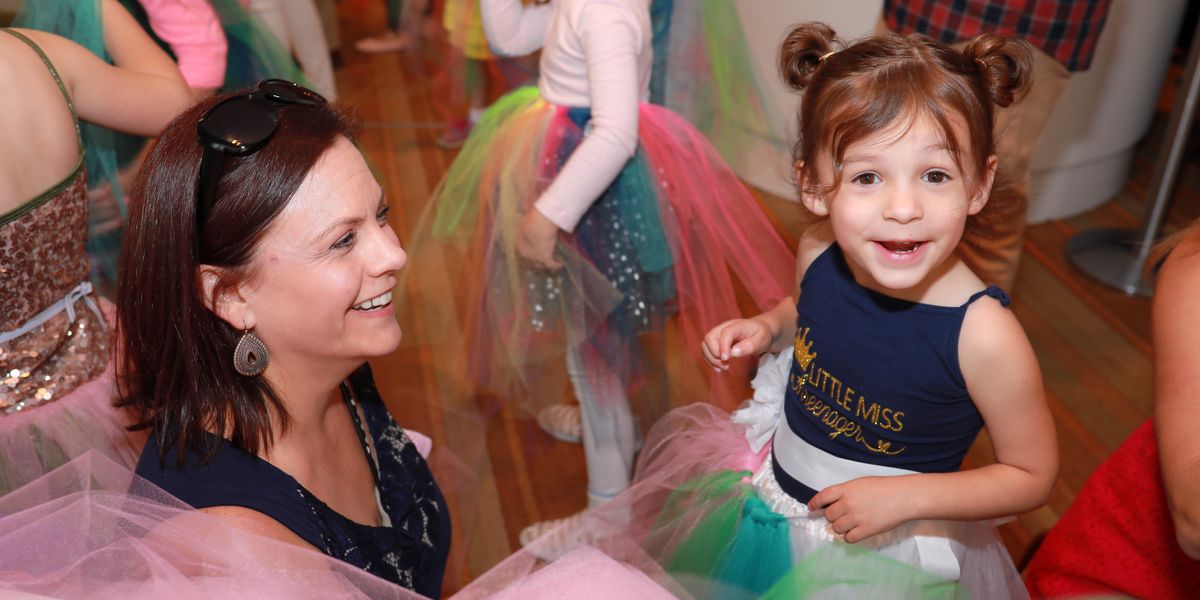How Can Companies Retain Family Audiences Post-Nutcracker?
Most ballet administrators will admit that they hear the tinkling of a celesta each December and think “Ka-ching!” Performing The Nutcracker generates revenue to fund the remainder of many companies’ seasons. But what if families didn’t wait 12 months to return? While not every 6-year-old is ready to sit through Swan Lake, some enterprising troupes are adding kid-friendly performances to court the same audiences who buy Nutcracker tickets.
In 2012, Ballet West artistic director Adam Sklute debuted the Family Classics series: annual performances of narrated story ballets that clock in around 90 minutes, including intermission. Cincinnati Ballet came on board as a co-producer in 2017, and will perform Snow White in March, following The Little Mermaid, Aladdin and Beauty and the Beast. The rotating productions also tour to other cities in Texas and Utah, and beginning in 2020, the narration will be available in Spanish.
The productions are created in house at Ballet West. Both troupes use their second companies as featured performers, fill out the corps with trainees and give smaller roles to students. But the ballets are performed in the same opulent theaters as main-stage productions, and in Salt Lake City, tickets cost just $25. “The whole idea works on many different levels,” Sklute says. “This gives us an opportunity to train and build dancers while presenting things that are not The Nutcracker to new audiences.” Ballet West’s marketing team carefully tracks ticket sales, and has noted that some Family Classics patrons start buying regular season tickets, especially for full-length story ballets.

Aladdin is one recognizable title from Ballet West’s Family Classics.
Luke Isley, Courtesy Ballet West
In North Carolina, Charlotte Ballet reaches out to local parenting blogs and magazines to promote performances, including family matinees. Their challenge: Sell tickets to shows that don’t always feature student performers or princesses.
Resident choreographer Sasha Janes loves that family matinees of the company’s triple bill performances allow young audiences to see an array of works, even though he understands that more abstract ballets can be a harder sell.
“I think we underestimate kids a little bit,” Janes, who is a father of three, says. “Assuming that they only want to see fairy-tale ballets is not the right approach. It’s great speaking to the kids after they’ve seen an abstract ballet and getting their interpretations. They have wild imaginations and unique ideas.”
Children’s tickets for those matinees cost $15 and include preshow activities, like crafts and demonstrations. And Charlotte Ballet is not the only troupe integrating performance with participatory experiences. For example, Virginia’s Charlottesville Ballet has built on the popularity of its Nutcracker by offering a Father Daughter Valentine Dance, February matinees that include short performances, cookie decorating and father-daughter duets.
Ultimately, family performances require careful accounting, and figuring out what companies can offer without operating at a loss. But ideally, Janes would like kid-friendly shows to be viewed as a chance to nurture future audiences. “The more we can expose kids to ballet, and the arts in general,” Janes says, “the better off we’re going to be as a society.”




